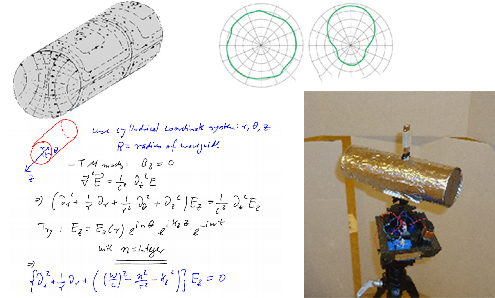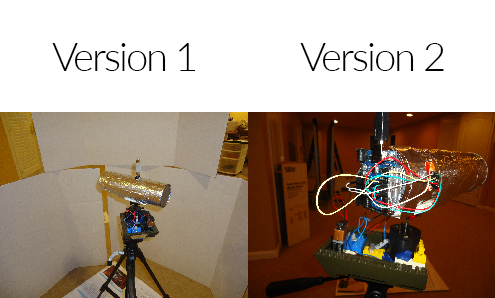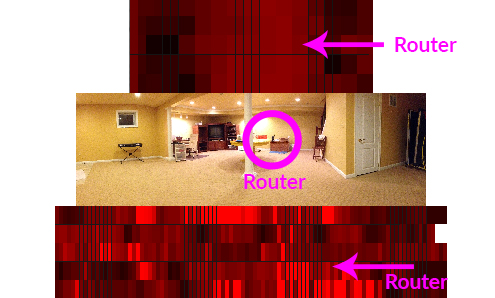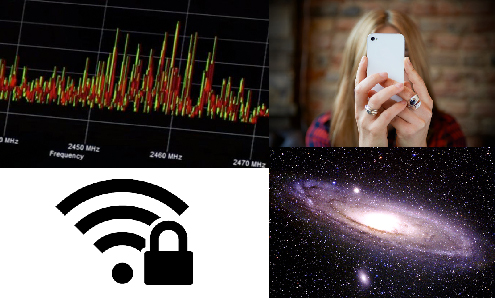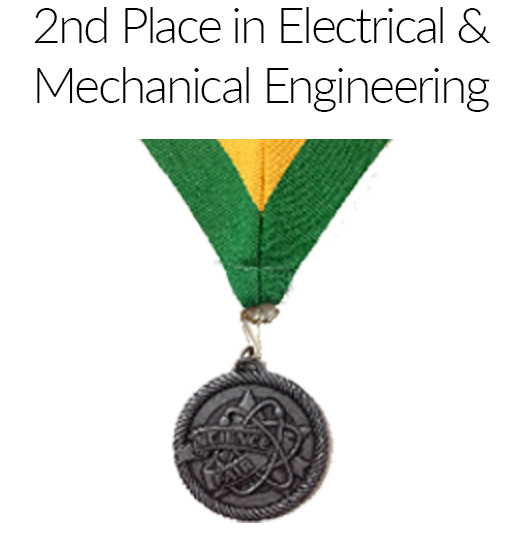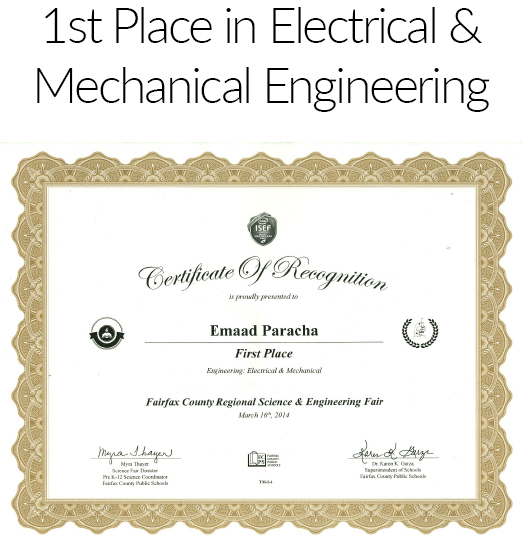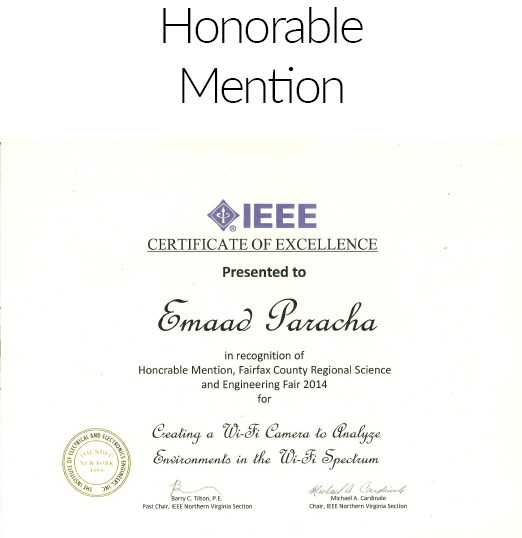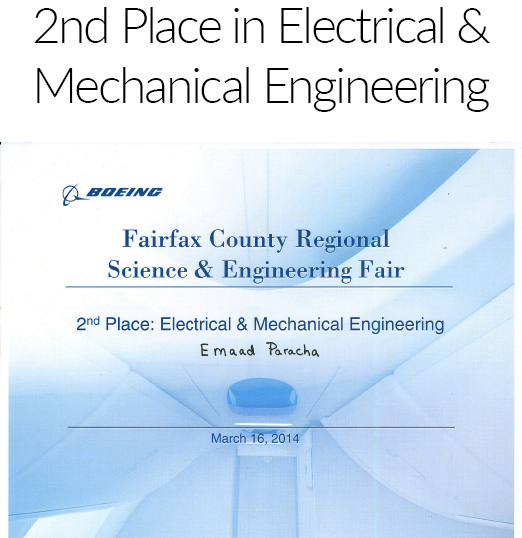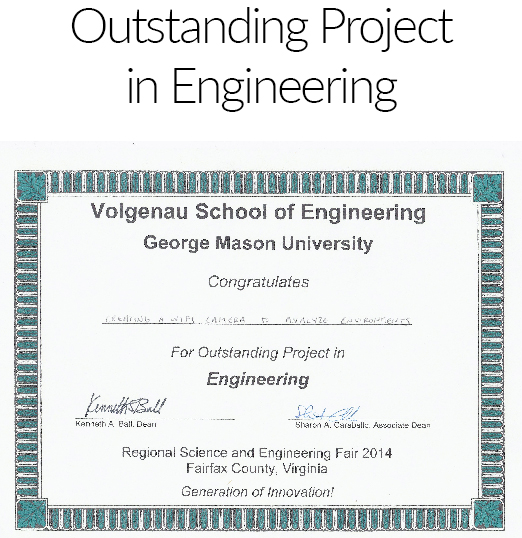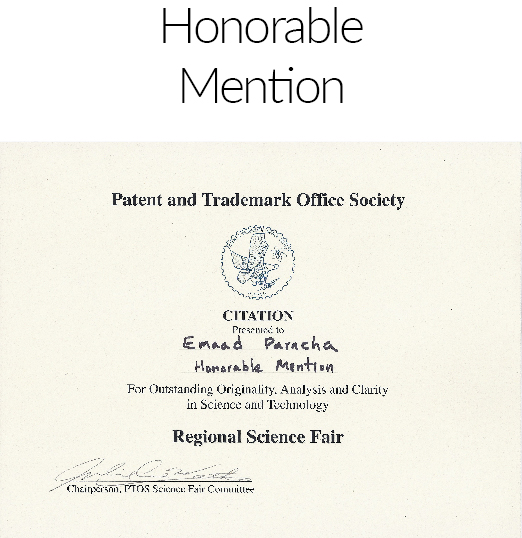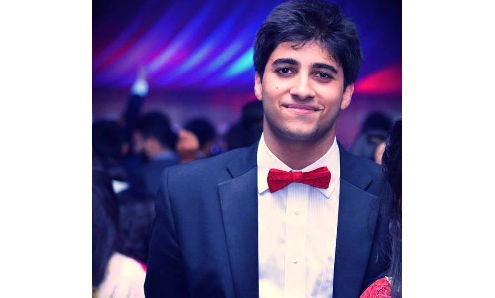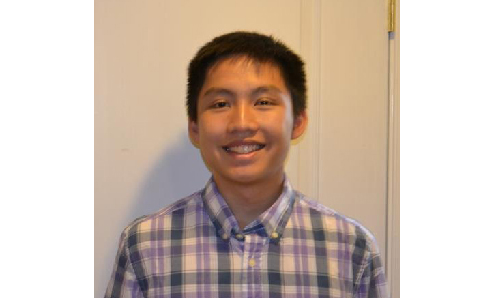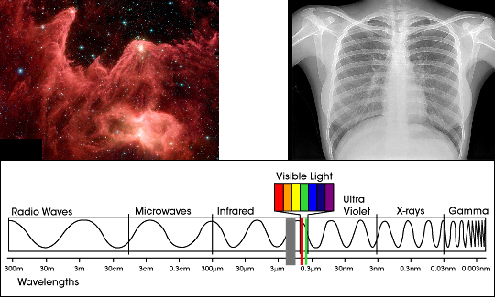
For years, humans have utilized the visible spectrum of the electromagnetic spectrum to see things, and in the last few decades, scientists have employed infrared and ultraviolet telescopes to be able to view the natural world in those spectrums.
These applications have been a part of a growing trend to utilize different parts of the electromagnetic spectrum for greater understanding and more knowledge. We actually came up with our idea while trying to figure out a way to maximize WiFi reception to computers.
We realized that it would be very helpful to be able to "see" rooms through Wi-Fi signals just like doctors and scientists can see x-rays and distant galaxies. After all, the WiFi signals are just another part of the electromagnetic spectrum.
So, what we decided to do was create a device, a camera, to be able to view environments in the WiFi spectrum. The WiFi spectrum is located in the radio part of the huge electromagnetic spectrum. The frequency of the WiFi part of the radio spectrum is 2.4-2.48GHz. In contrast, the visible part of the electromagnetic spectrum has a frequency of 430-790THz. We built our camera by first looking at how regular cameras worked and then applying that same general idea to the WiFi spectrum.

